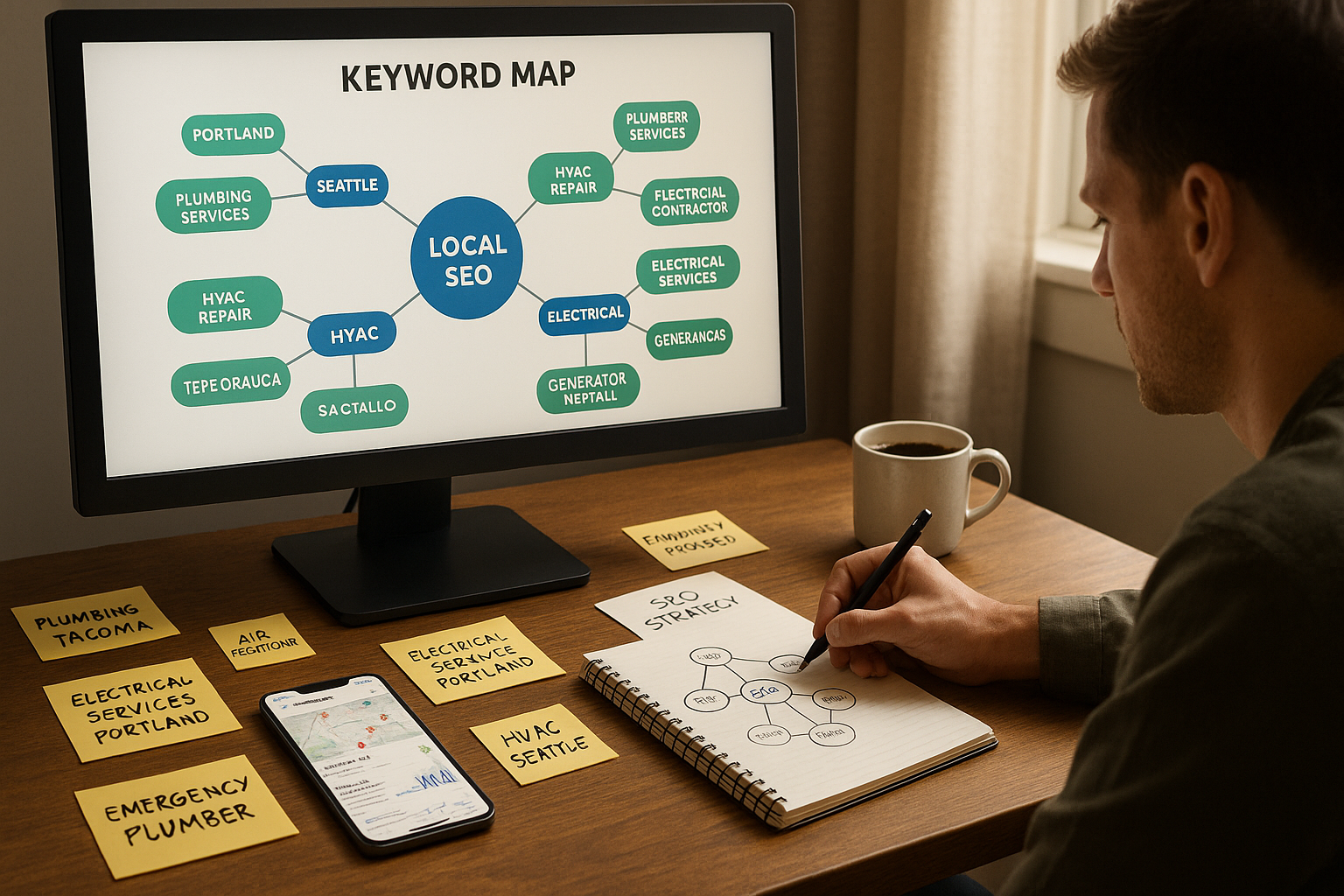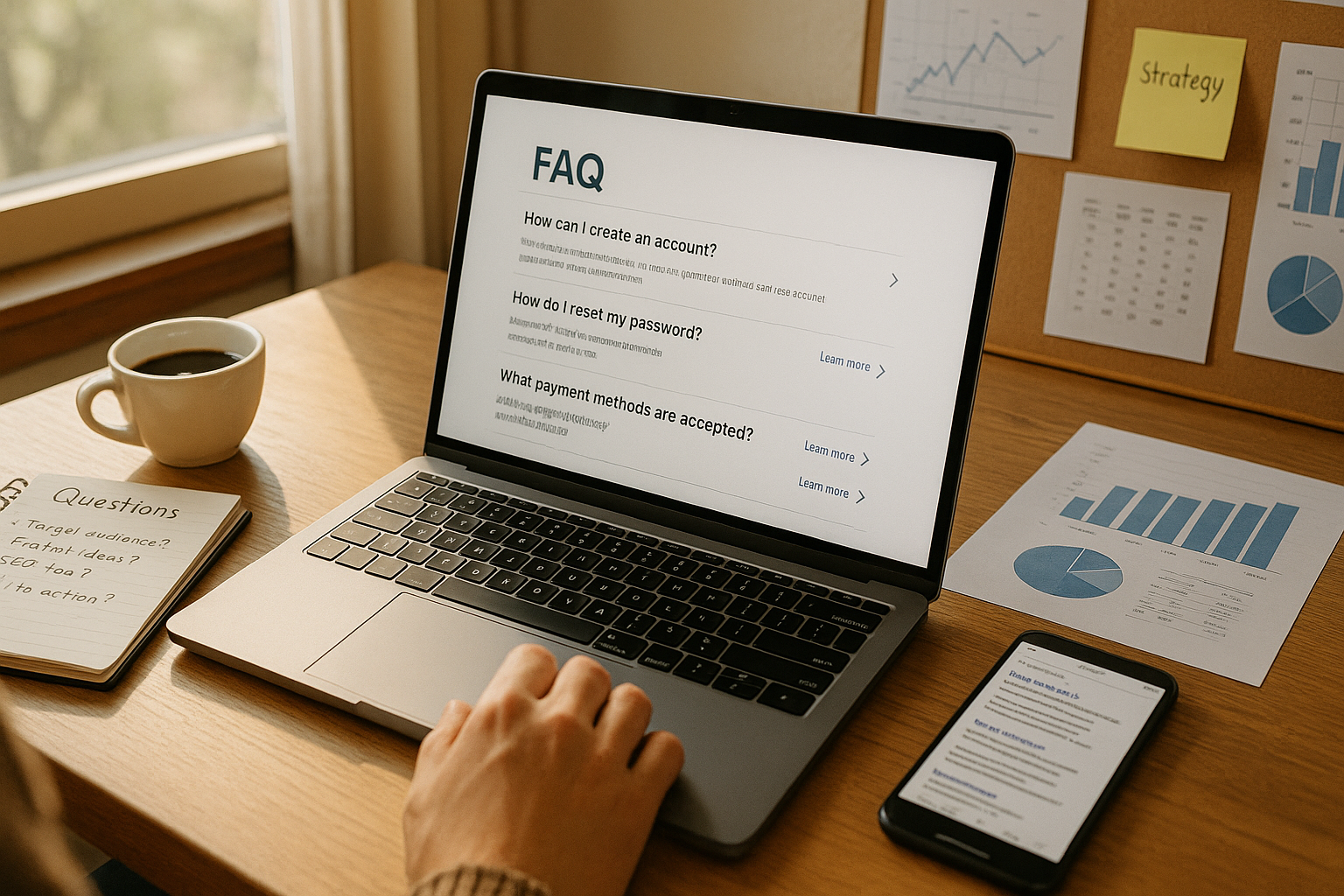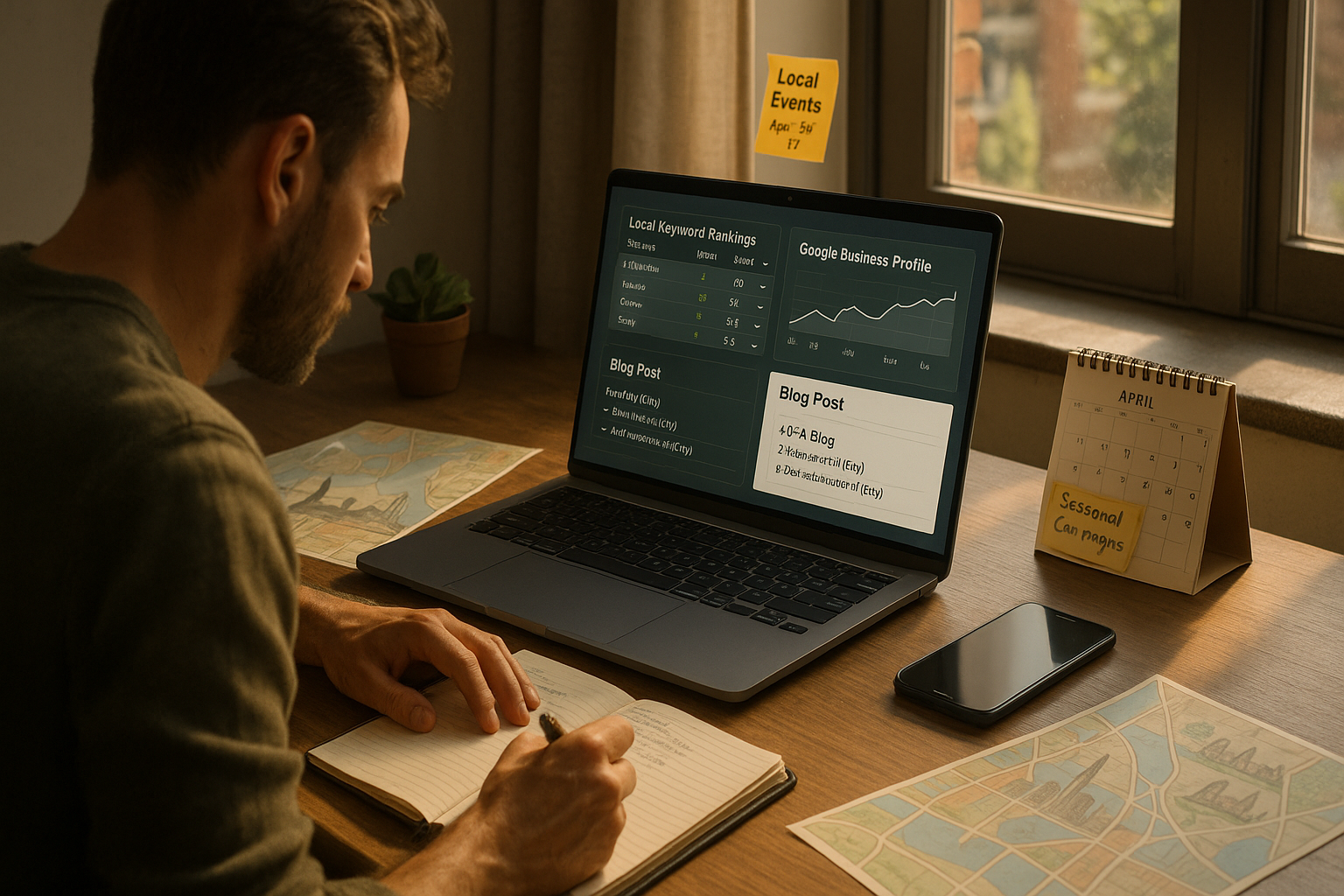How quickly can SEO help a small business rank locally?
This is a subtitle for your new post
Small businesses everywhere wonder: “How quickly can SEO help me rank locally and start bringing in more business?” The short answer is that SEO delivers steady, compounding results, but the speed varies based on competition, current online presence, tactics, and ongoing investment. This comprehensive guide from GetPhound demystifies the local SEO timeline, walks through real case studies, and equips business owners to accelerate their path to page one.
Understanding the Local SEO Landscape
SEO is not a magic switch but a multi-step process that makes businesses visible to local customers searching on Google and other platforms. For small businesses, local SEO emphasizes visibility in Maps results, the local “3-pack,” and searches with city, neighborhood, or “near me” intent. Core factors in 2025 include on-page content relevance, Google Business Profile optimization, authoritative backlinks, online reviews, and semantic signals tailored for generative AI systems.
Local searches drive behavior: over 70% of users who conduct a local search visit a store within a few miles within days. For brick-and-mortar and service businesses, this visibility directly impacts foot traffic and sales.
What Impacts Local SEO Speed?
No two businesses have the same ranking timeline. Key variables include:
- Website age and authority: Newer sites require a longer runway than established domains.
- Current local presence: Businesses already present in directories may see faster gains.
- Industry competition: Law firms and home services often experience longer timelines due to fierce local rivalries.
- Category and location: Dense urban areas or popular niches slow results, while unique services in smaller markets may rank within weeks.
- SEO budget and scope: Robust content, technical enhancements, and active link-building shorten the journey to top ranks.
Case studies show some visible ranking progress in 1–2 months for Google Business Profile, but multi-keyword, multi-location authority campaigns may need sustained six-month-plus investment for dominant rankings.
Quick Wins: GBP Optimization and Fast Visibility
For small businesses wanting immediate impact, optimizing the Google Business Profile (GBP) offers the fastest SEO “win.” Google updates like business hours, photos, and service descriptions can trigger local 3-pack improvements in as little as two weeks for some businesses. Strategies include:
- Complete NAP (Name, Address, Phone) consistency audits
- Uploading fresh imagery and posts
- Collecting initial reviews from happy customers
- Adding services, products, business hours, and Q&A
Most businesses should expect incremental traffic improvements within 2–4 weeks of a fully optimized GBP if competition is moderate and there are no major listing errors or penalties. GetPhound’s Map SEO service specializes in this critical step.
Strategic Factors That Accelerate Results
Certain strategic actions reliably speed up local SEO gains:
- Mass landing pages: Targeting dozens or hundreds of local keywords at once amplifies total visibility.
- Content marketing: Regularly publishing local guides, service pages, and area-focused blog posts builds topical authority.
- Technical SEO: Fixing site errors, duplicate content, and schema boosts Google trust.
- GBP management: Ongoing updates and review response improve listing engagement and rankings.
- Generative Engine Optimization (GEO): Preparing businesses for AI-driven platforms (like ChatGPT and Gemini) futureproofs visibility.
Combining these tactics can move a site from obscurity to first-page leader within a single quarter, especially with professional oversight.
The Role of Reviews and Reputation
Online reviews are essential to ranking and conversion in local SEO. In 2025, reviews play a dual role: Google factors review prominence and ratings in Local Pack visibility, and consumers trust businesses with robust, recent, and positive reviews. Key steps for business owners:
- Request genuine feedback from new and loyal customers after each transaction
- Respond promptly and professionally to all reviews, positive or negative
- Address negative reviews transparently and seek resolution offline if necessary
A steady stream of reviews signals both popularity and current relevance, moving the needle on both rankings and customer trust.
Content is Still King: The Power of Landing Pages and Local Content
A modern local strategy deploys location-targeted landing pages and localized content that speaks to neighborhood-specific topics, services, and queries. This means producing:
- Neighborhood, city, or region-focused services pages
- Blog posts on local events, guides, and tips
- Hyper-local FAQs and customer stories
- Schema enhancements to help Google—and AI platforms—understand business context
Mass landing pages, a GetPhound specialty, allow targeted reach for scores of local queries simultaneously, multiplying the odds of early ranking wins.
The Long Game: Why Sustained SEO Delivers Compound Returns
While fast wins are possible, the true strength of local SEO is in long-term compounding results. Once invested in SEO, improvement continues even after active campaigns pause, especially where brand signals, robust reviews, and evergreen content are present.
Unlike paid ads, which stop sending leads when budgets run out, a strong SEO foundation can deliver qualified leads, calls, and bookings years after initial investment. Industry studies show full ROI potential typically arrives 1–2 years in—but the break-even point often occurs between 6 and 15 months.
Common Pitfalls That Slow Down Local SEO Progress
Businesses sometimes undermine SEO speed by:
- Inconsistent NAP listings across directories
- Unclear local keyword targeting or poor keyword research
- Lack of mobile optimization and slow loading times
- Neglecting ongoing Google Business Profile management
- Failing to generate and respond to reviews
- Minimal content or generic service descriptions
Avoiding these pitfalls is as crucial as executing best practices—GetPhound’s strategic guidance prevents time-wasting missteps.
GetPhound’s Approach: Transparent, Fast, and Affordable
GetPhound’s unique RankGuarantee™ model targets hundreds of local keywords at once and commits to visible, measurable page-one results before a long-term fee is charged. The team accelerates client results through:
- Complete technical and local SEO audits
- Mass-landing-page deployment
- Rapid GBP optimization and review solicitation
- Advanced GEO (Generative Engine Optimization) for AI visibility
- Ongoing reporting, responsiveness, and education
Client testimonials for GetPhound cite “fast and visible” online growth, outstanding communication, and ROI-focused service—a testament to how professional management condenses SEO timelines while maximizing outcomes.
Case Studies: Local SEO in Action
Across industries, local businesses working with dedicated partners see:
- Map SEO improvement: Businesses showing up in local 3-pack within a month after GBP enhancement.
- Lead growth: Case studies indicate lead flow increases within 30–90 days of optimized, locally-relevant landing pages and active reputation management.
- Sustained ranking advancement: With ongoing content, technical, and local signal building, businesses shift from page two to page one within 3–6 months, with lead volume compounding into the future.
Conclusion: Setting Realistic Expectations, Achieving Fast Wins
For small businesses, the journey to local ranking success is best viewed as a series of quick wins and continued gains: Google Business Profile and reputation improvements show in weeks, while broad, competitive keyword dominance emerges over several months. With the right strategy—targeted landing pages, expert GBP management, ongoing content, and generative engine readiness—a small business can realize meaningful ranking and lead-generation wins sooner than many expect.
SEO’s strongest value lies in building an enduring presence, delivering compounding growth, and a sturdy foundation for long-term business achievement. GetPhound remains committed to rapid, transparent, and affordable local SEO that empowers small businesses to “get found” fast—and stay found for good.












